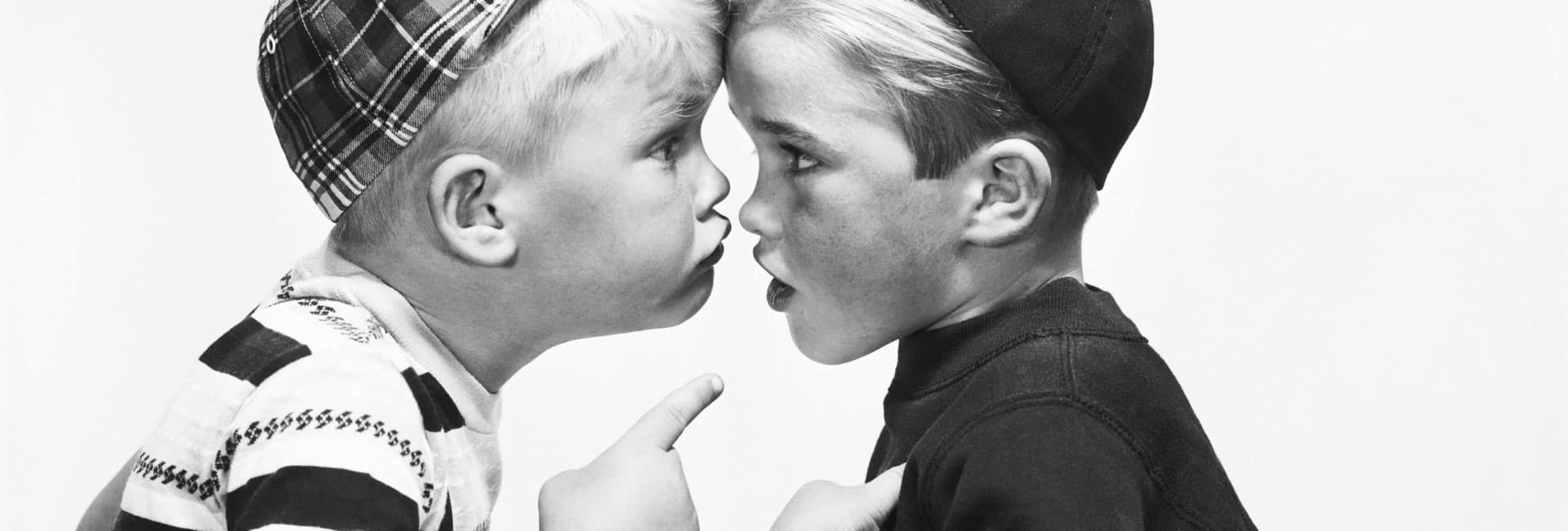
Used under a Creative Commons Licence
Why being ‘pretty sure’ is not enough to justify threats of copyright infringement
Find out what you need to do legally before threatening copyright infringement
Take away tips
- Don’t take matters into your own hands if you think someone has copied your work.
- Don’t make your copyright infringement claims public.
- If you think your copyright has been infringed, seek legal advice right away.
In 2015, a copyright infringement dispute arose 6 years after a British woman, Sarah Scurr, entered a photo that she had taken of a glacier into a competition run by the Telegraph newspaper. While her photo made one of the best of the week, Chilean reporter and amateur photographer, Marisol Ortiz Elfeldt, was adamant that Scurr copied a photo that she had taken. Elfeldt publicly condemned Scurr for her actions on the Telegraph Travel’s Facebook page and posted her own ‘non-Photoshopped original’ (sic). The two photos were virtually identical.
Based on these facts, it seemed fair and justifiable that Elfeldt made the above mentioned accusations of copyright infringement.
Right? Wrong.
Here’s what actually happened. Both women took a photo of the glacier whilst standing side by side on a cruise ship in the Northern Patagonian Ice Field in southern Chile. This coincidence meant that the lighting, composition and colours of the photographs were virtually identical. However, it also meant that the Scurr was unjustifiably accused of copyright infringement.
In Australia, section 202 of the Copyright Act 1968 (Cth) provides that if groundless or unjustifiable threats of copyright infringement are made, the person whom the threats are made against, can bring an action against the person making the threats to stop them from making such threats as well as claim damages (a form of compensation).
This is exactly what happened in the Richard Bell case where an Aboriginal activist artist by the name of Richard Bell sued New York filmmaker Tanya Steele for the losses he suffered due to groundless threats made by Ms Steele. Ms Steele assisted Mr Bell in making a film called “The Blackfella’s Guide to New York” to showcase his artwork. Ms Steele claimed that she owned the copyright in the film and caused the removal of the film trailer from the Vimeo website and hence public exhibition. As a result, Mr Bell suffered significant financial losses. Mr Bell subsequently brought proceedings against Steele on the basis that her groundless threats of copyright infringement had caused the removal of content without legal justification. Mr Bell was ultimately successful and awarded damages of $147,000 plus costs.
What these cases highlight is that it is natural for people to want to take action if they believe that their work has been copied without their permission. However, they also emphasise the importance of ensuring that any claims of copyright infringement are justifiable. Therefore, being ‘pretty sure’ that someone has copied you is not enough, you need to ensure that the accusations can be justified. Therefore, to avoid proceedings of groundless threats and the financial loss and public humiliation that may ensue, it is important to get advice as early as possible if you genuinely believe that someone has infringed your copyright.
Please note the above article is general in nature and does not constitute legal advice.
Please email us info@iplegal.com.au if you need legal advice about your brand or another legal matter in this area generally.


